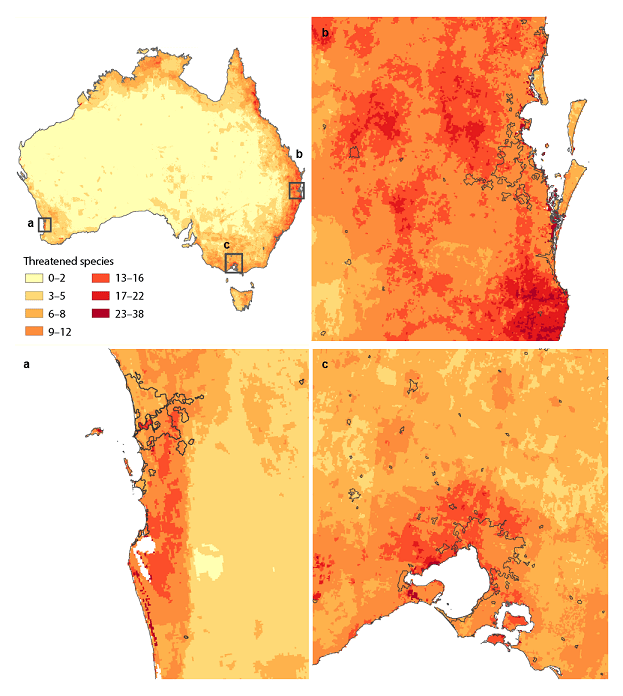Urbanization and Biodiversity: Challenges and Opportunities in Australia
How To Improve 'Everyday Nature' For The Betterment Of Your Community - Citygreen 🔗

Urbanization in Australia poses significant challenges to biodiversity as expanding residential areas encroach on natural ecosystems. The text highlights the pressure from population growth on urban environments and the resulting degradation of habitats like the Grassy Eucalypt Woodland and Cumberland Plain Woodland. While urban areas can threaten native wildlife, they can also provide unique habitats for some species. The presence of urban wildlife offers benefits for human wellbeing but also raises concerns about disease and human-wildlife conflict. Strategies like urban greening can enhance city resilience to climate change and improve biodiversity. The text advocates for rethinking urban planning to view nature as an asset rather than a constraint, promoting everyday interactions with nature to enrich community life and preserve cultural connections.
What are the main threats to biodiversity in urban areas?
Urbanization leads to habitat destruction, the introduction of invasive species, and the decline of native wildlife, resulting in a loss of biodiversity.
How can urban greening benefit cities?
Urban greening can improve health outcomes, enhance resilience to climate change, and provide habitats for threatened species, thereby contributing to biodiversity and community wellbeing.
What role can citizen science play in urban biodiversity?
Citizen science initiatives help increase public knowledge about urban ecosystems and support the management of biodiversity through community engagement and data collection.